This year marks the 129th birthday of one of the greatest surrealist artists, Joan Miró. A prolific creative, his works are transcendental—an exploration of the subconscious through abstract and meditative art.
You might look at a Miró painting and think “Even a kid could do that.” But there lies his work’s profound nature. In his late life, Miró returned to childlike imagery. His art is a statement of playful creativity and a lifelong interest in the unknown.
Let’s take a look at the Catalan artist’s life, his philosophy, and how his work changed the landscape of art during the dawn of the modern age.
Fast facts:
Full Name: Joan Miró i Ferra
Date of Birth: 20 April 1893
Place of Birth: Barcelona, Spain
Date of Death: 25 December 1983 (90 years old)
Place of Death: Palma de Mallorca, Spain
Known For: Surrealist abstract painting and sculpture
Fun Fact: In the ‘70s, Miró created a tapestry that hung in the lobby of New York’s World Trade Center. It’s considered to be one of the most valuable artworks destroyed during the September 11 attacks.
So who was Joan Miró?

Joan Miró was a painter, sculptor, and ceramicist born in Barcelona, Spain. He’s most known for his abstract paintings and surreal, life-like sculptures. A leading figure in the surrealism art movement, Joan Miró’s work is highly symbolic, a recreation of the childlike. The founder of surrealism, Andre Breton, even described Joan Miró as, “Probably the most Surrealist of us all.”
Inspired by Freud, Miró was interested in exploring the subconscious mind. Still, he disliked aligning himself formally with art movements so as not to restrict his creativity.
As a result of his exposure to his contemporaries—creatives and intellectuals in Paris during the 1920s—his work traverses from Cubic, expressionist paintings to a more surreal, magic-realist quality. Many of Miró’s paintings are also manifestations of Catalan nationalism—a reflection of his life spent during the most tumultuous years in 20th century Spain.
Early life and first forays into art

Portrait of Vincent Nubiola (1917)
Joan Miró was born on 20 April 1893 in Barcelona, Spain to a family of artisans. His father was a watchmaker and goldsmith. At the age of seven, Miró attended drawing classes at a medieval mansion.
Much like many frustrated artists, Miró faced much discouragement when it came to his artistry. His father didn’t approve of an art career. He preferred his son to have a career in business. So at the age of 14, Joan Miró enrolled simultaneously in business school and the school of fine arts at La Llotja. Afterward, he worked as a clerk—a short-lived career in finance as he sooner suffered a nervous breakdown.
Leaving the world of business for good, Miró went back to studying art. Miró’s parents purchased a summer home in Mont-Roig, a countryside town in Spain, for him to recover mentally and physically. There he devoted his time to making art—painting landscapes and portraits, experimenting with bold colors and Cubic shapes.
Miró found an early supporter in art collector Josep Dalmau. In 1918, he had his first solo exhibition at the collector’s own Les Galeries Dalmau. The paintings on display were heavily influenced by the Cubists and Fauvists—with vivid colors much like Van Gogh and Cezanne. However, his work wasn't kindly received. He only managed to sell one work.
Paris and the Surrealists
Following the disastrous exhibition in Barcelona, Joan Miró migrated to Paris. Up until that point, the artist longed for a life in the great City of Lights. In a letter to fellow artist E.C. Ricart, Miró wrote, “If I have to live much longer in Barcelona I will be asphyxiated by the atmosphere.”
And so from 1919 onward, he’d shuffle between Paris and his home in Spain. Miró was one of the many artists to migrate to Paris and instigate a renewed belle époque during the 1920s. While most of these foreign creatives eventually became French citizens, Miró always kept to his Catalan roots. Perhaps distance truly makes the heart grow fonder, as his time in Paris made him reflect on his home in Barcelona.
The mid-1920s marked a huge shift in Miró’s art. He began venturing from Catalonian landscapes, into more surrealist imagery. From pure memory, Miró painted The Farm, an abstract landscape later purchased by none other than Ernest Hemingway. It’s a detailed inventory of his idyllic countryside life in Mont-Roig. There’s a mix of realism and abstraction in this piece. He juxtaposes an absurd landscape with snippets of Catalan life.
During this time, he met with major figures in the Dada and Surrealist art movement. Though he never formally aligned himself with the surrealists, they claimed him as one of their own. Influenced by Paul Klee, Miró began creating “dream pictures” and “imaginary landscapes,” making poetry of painting.
During the early 1930s, he made Surrealist sculptures incorporating painted stones and found objects.
Art as freedom
To understand Joan Miró is to understand his circumstances. You’ll find much of his work is dedicated to Catalonia. Joan Miró grew up in the age of the Catalan Independence Movement as well as an unstable period rife with war—the Spanish Civil War and World War II.
His works evoke a sense of freedom and liberty, his sense of nationalism helped him uphold his Catalan identity, sustained throughout his working life. Not to mention, he lived through perhaps the worst years of the 20th century—an era of war and brutality—and yet he painted through it all.
Perhaps for Joan Miró, creativity became both a commitment to Catalonia and also an escape from reality.
In 1936 Miró left Spain because of the civil war; he returned in 1941. Miró’s works take on a violent and angry tone then. Civil unrest brewed in Spain and World War II was on the horizon. Painting became Miró’s avenue to speak up about the turmoil happening in his homeland.
At the advent of the Spanish Civil War and the rise of dictator Francisco Franco, Miró lived in exile in France with his wife Pilar and daughter Dolores. By this time, his works take on a darker, more violent tone—a symbolic commentary on the violence brewing in both his homeland and across Europe.
He reached a breakthrough in 1939, after moving to the French countryside in Normandy. There he turned to art to escape and transcend reality through his renowned Constellations series.
But this time painting was cut short upon the declaration of World War II and Germany’s subsequent occupation of France. He and his family escaped to Palma de Mallorca in Spain, his paintings rolled up under his arm. As tensions in Spain eased, he returned to his summer home of Mont-Roig, continuing and completing the Constellations series there.
He returned to shuffling between Spain and Paris once the wars ended in 1948. From then on, his works became spontaneous whilst evoking his mastery of the art form.
Surrealism as a venture into the subconscious
Miró pioneered and developed the style of automatic drawing—also known as surrealist automatism or even psychic automatism—which kickstarted Surrealism as an art movement. It’s an art technique in which one freely lets their mind move the pen or brush over paper or canvas. Miró often talked about letting go of control while painting. He allowed spontaneity and free-flowing emotions to overtake the creative process.
Through this art form, Miró unleashed his subconscious and expressed his innermost thought and feeling.
Art became ritual. You’d find Joan Miró in his studio painting and sculpting religiously. And while his artworks looked distorted and hallucinatory, Miró describes his work as “dream paintings.” You’ll find many symbols repeatedly appearing in his works: birds, eyes, and celestial figures like the moon.
Never too late to start
Joan Miró gained international success in the latter half of his life, during the ‘50s and ‘60s. In his old age, he had numerous retrospective exhibits from New York to London to Paris. This was also the most prolific era for Miró. Without Joan Miró, we probably wouldn’t have the American abstract expressionists like Pollock and Rothko.
Since his youth, Joan Miró was always experimenting. Always creating. Such that in his later life, he began to reap the fruits of his labor. Following World War II, Joan Miró was commissioned to create sculptures, murals, and tapestries for major locations in America and Europe. One such work is the pair of ceramic murals before the UNESCO Headquarters in Paris. For that, he received the Great International Prize from the Solomon R. Guggenheim Foundation.
In 1962, the city of Paris paid tribute to Miró with a major exhibition of his best works in the Musee National d’Art Moderne.
In 1975, Joan Miró opened his eponymous Fundació Joan Miró up on the hill of Montjuïc in Barcelona. His concept was to encourage the public to see and appreciate art. It’s a must-visit destination if you ever find yourself in Barcelona as the museum houses the largest collection of Joan Miró’s work.
Curious Facts About Joan Miró
Why is Joan Miró so famous? I’d like to think it’s because he refused to limit his creativity. Always thinking outside the box, Joan Miró explored and mastered nearly every medium between painting and sculpture. Here are more fun facts about the great Catalan artist.
Joan Miró started fingerpainting in his 80s
Most kids start their creative journey with fingerpainting. Joan Miró closed his decades-long career with it. His later works have a raw and childlike emotional disposition compared to his surreal paintings in the 1920s. Miró used to say he painted like a gardener, making marks and even scorching the canvas, attacking the task every day.
He used just about anything to make art, even his body. Miró would punch and step on the canvas with paint, even laying it on the floor so he could walk all over it.
Despite his chaotic works, Joan Miró kept his studio (and life) in total order
Miró’s friend Jacques Dupin wrote plenty about Miró. He lauded how the artist’s studio was “utterly free of disorder or excess.” Canvases were piled up and laid out sequentially. Miró took meticulous care of his paintbrushes, cleaning them ASAP, and arranging them by size. Even his paint was arranged in intentional sequence.
His sense of order in life, ironically, does not translate to the anarchy of his creations. On his habits, Dupin wrote, “Nothing is left to chance, not even in his daily habits: there is a time to take a walk, a time to read, there is a time to be with his family and there is a time to work.”
Need some inspiration on how to be like Miró in his studio? Here are some art studio hacks for organizing your your time and space!
Joan Miró is one of the most prolific artists of our time
Throughout his life, Joan Miró created approximately 2,000 paintings, 500 sculptures, 400 ceramics, 5,000 drawings, and 1,000 lithographs. In his late life, he even released up to 250 illustrated books or Livres D’artiste (artist’s books). Kind of like the zines we have today.
He’s one of the very few artists who ever lived that mastered just about every art medium he tried.
The lost World Trade Center tapestry
In the early 70s, Joan Miró was commissioned to create a large tapestry for the World Trade Center in New York. Initially, the artist declined as he had little experience but changed his mind in the end. Together with his Catalan contemporary, tapestry artist Josep Royo, he created a large-format tapestry spanning 11 meters wide and 6 meters tall. The abstract piece was a quilt patchwork made with wool and hemp and weighed up to 4 tons.
It’s one of the most expensive artworks lost to the September 11 attacks.
Joan Miró’s famous works: Where are they now?
Miró’s signature experimental style was born, much like many Spanish magic realists, from a desire to escape from repression. That, and his disdain for the glass ceiling brought about by bourgeois art. He liked to call his work an “assassination of painting.” Perhaps due to the discouragement, he experienced early in his artist career, he also disliked art critics.
Each piece is raw creativity. Miró was known to enter a hallucinatory state to paint. He would also often “torture” the canvas—destroying it as a way of creating something new. In his final years, he worked with different art media and techniques: ceramics, sculpture, collage, lyrical abstraction, and even finger painting.
Here are some works born from Joan Miró’s lifelong experimentation with creativity—and where you can see them in person.
1. The Farm (1922), National Gallery of Art, Washington, D.C.

Joan Miró worked on this painting up to eight hours a day for nine months, between Mont-Roig and Paris. It’s a summary of his life on a farm, though it’s anything but mundane. Here he goes back to his roots, erasing the irrelevant and instead, painting the essence of Catalan. Later, writer Ernest Hemingway bought this painting as a birthday gift to his wife. The painting became one of his most beloved possessions.
2. The Hunter (Catalan Landscape), (1923-24), Museum of Modern Art, New York

Another Miró painting that draws inspiration from his family home in Mont-Roig. Here you see an abstract and surreal representation of Catalan that’s even truer than nature. If you want to view it in person, head to the MoMA in New York. See if you can spot the complex symbols Joan Miró used to document his life: Spanish flags, soaring birds, the hunter with a smoking pipe and gun, and his fallen prey.
3. Still Life With Old Shoe (1937), Museum of Modern Art, New York

This dark and acidic oil painting is often compared to the Guernica, by Miró’s friend and mentor Pablo Picasso. Not for its size, but for its context, as it was done over a four-month period of intense concentration and in response to the Spanish Civil War. Still Life With Old Shoe depicts tragic symbols of wartime before a backdrop on fire: a fork piercing an apple, a bottle, and the titular old shoe.
4. Moonbird (1946), Hirshhorn Museum and Sculpture Garden, Washington DC

Joan Miró is one of the few artists who mastered just about every medium—and that includes the sculpture. One of his first sculptures, molded painstakingly by hand, is this strange cosmic bird. He made Moonbird—also known as the Lunar Bird—in 1946. Miró had a lifelong fascination with birds, viewing them as the connection between our terrestrial world and the celestial world.
It was enlarged and cast again in 1967. You’ll find one in Washington DC and another outside New York’s MoMA.
5. The Red Sun (1950), The Phillips Collection, Washington DC

Once Miró fully embraced the surreal, he began reducing his subjects to their simplest forms. The Red Sun clearly shows how much he was influenced by the Parisian surrealists and poets. He also spent time in New York during the 1940s, meeting the likes of Jackson Pollock and getting overwhelmed by the stark urban landscapes. This work captures Joan Miró’s artistic simplicity and his philosophy of painting as rediscovering one’s human feelings.
6. Blue Series (1960-61), Musee National d’Art Moderne, Paris
Blue I

Blue II

Blue III

My personal favorite, Triptych Bleu or Miró’s blue series is a trio of massive oil paintings you can lose yourself into. Standing at 2 meters tall and 3 meters wide, it shows the playfulness of his later period. If you feel tranquil looking at these paintings, it’s because Miró made these in a meditative state. His abstractions represent his own lucid and subconscious dreamscapes.
7. May 1968 (1973), Fundació Joan Miró, Barcelona

Miró was known to speak out against political issues through his art. Though it may not look it at first, Mai 68 is titled after the period of student protests and civil unrest in France. It’s more about the feeling. Spend some time before this piece and you’ll notice the anger and anxiety popping out at you from the canvas.
8. Woman and Bird (1983), Joan Miró Park, Barcelona

Spotted in central Barcelona, Joan Miró’s ambitious and final artwork, Woman and Bird, looks anything but! Vividly colored and gargantuan at 21 meters tall, this sculpture is a landmark in Miró’s home country. His motivation? To cement his legacy. It’s also one of his final works. The sculpture was completed in 1983, just a few months before the artist passed away. He was unable to attend its unveiling due to poor health.
Go with the flow and let your subconscious overtake your next masterpiece!
We hope this story gave you some creative inspiration! Will you be trying out automatic drawing like Joan Miró? What new artistic ways of exploring the subconscious are you excited to try next? If you need more instruction or help with your art, do check out the Toolkit section on the ZenART Supplies blog! Good luck!
- MEET THE AUTHOR -

Belle O. Mapa is a writer and artist based in Manila, Philippines. She believes that everyone is born with an inner creative spirit—we just need to nurture and discover it on the blank page. Currently, she lives out her passion: writing stories, hosting journaling workshops, and advocating for mental health awareness.








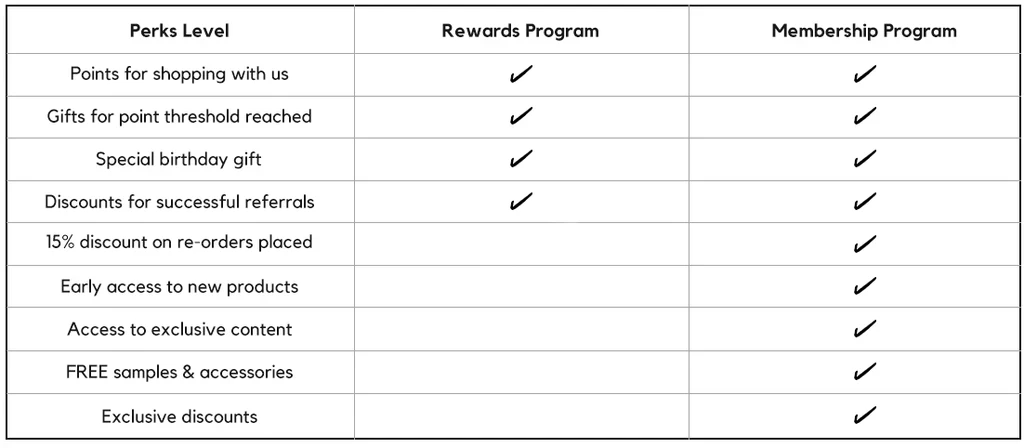

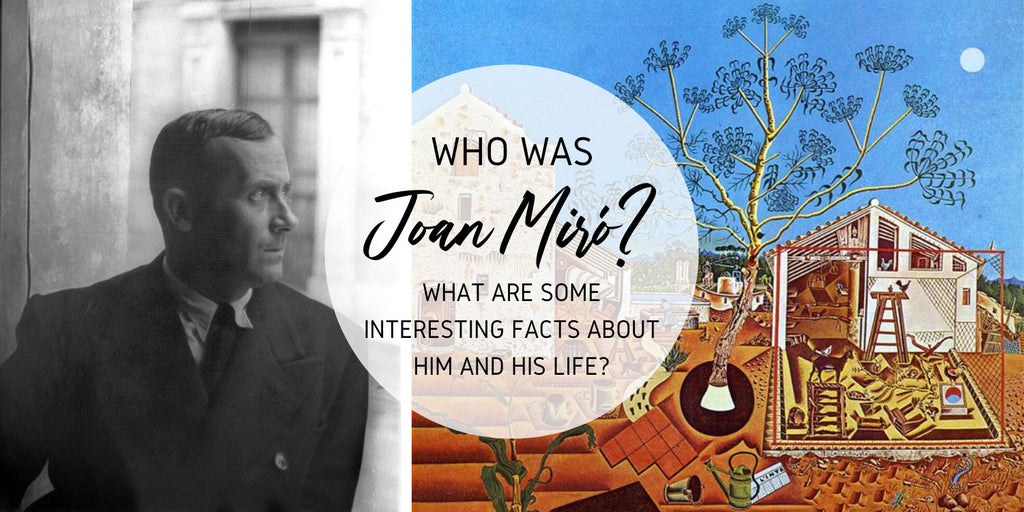



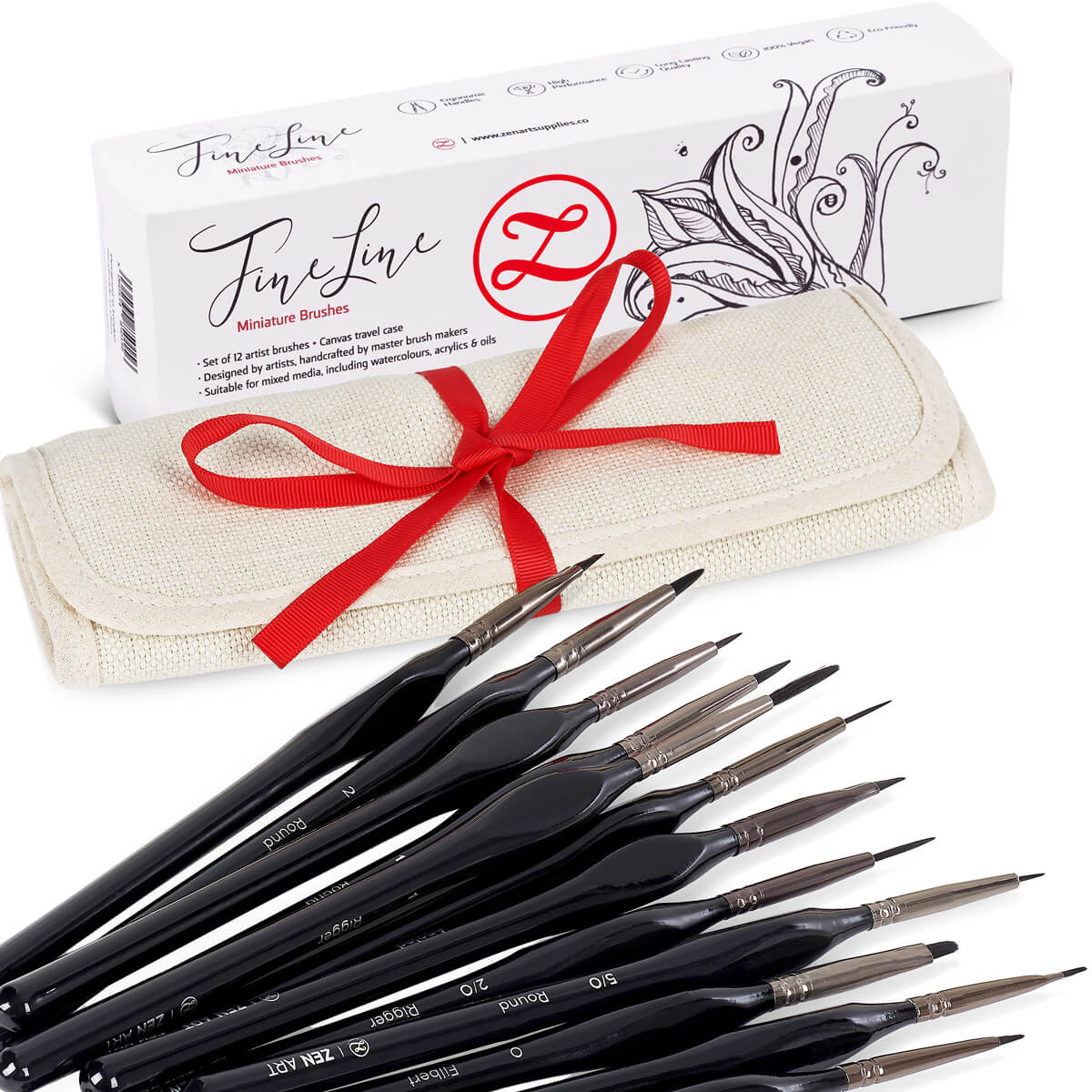
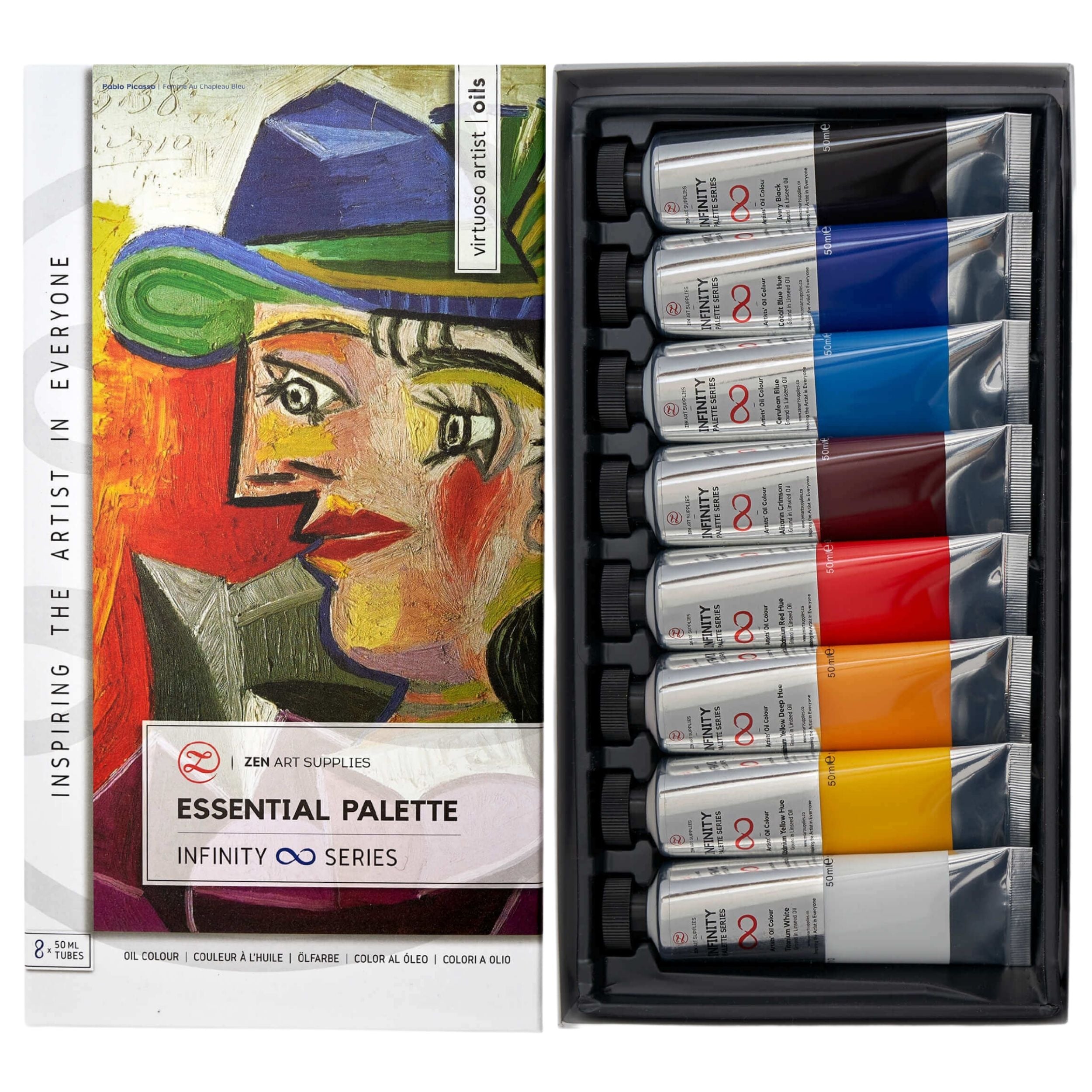
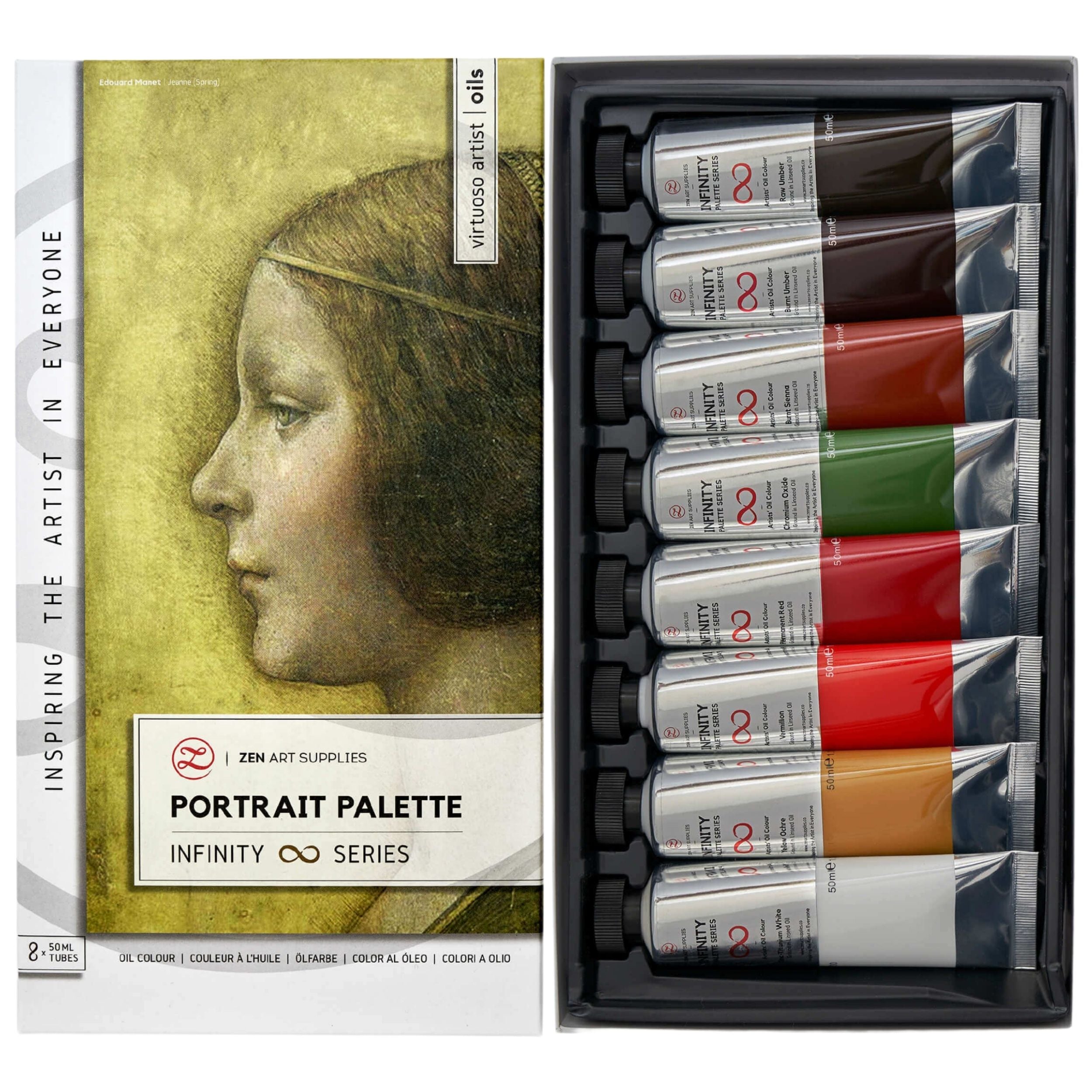
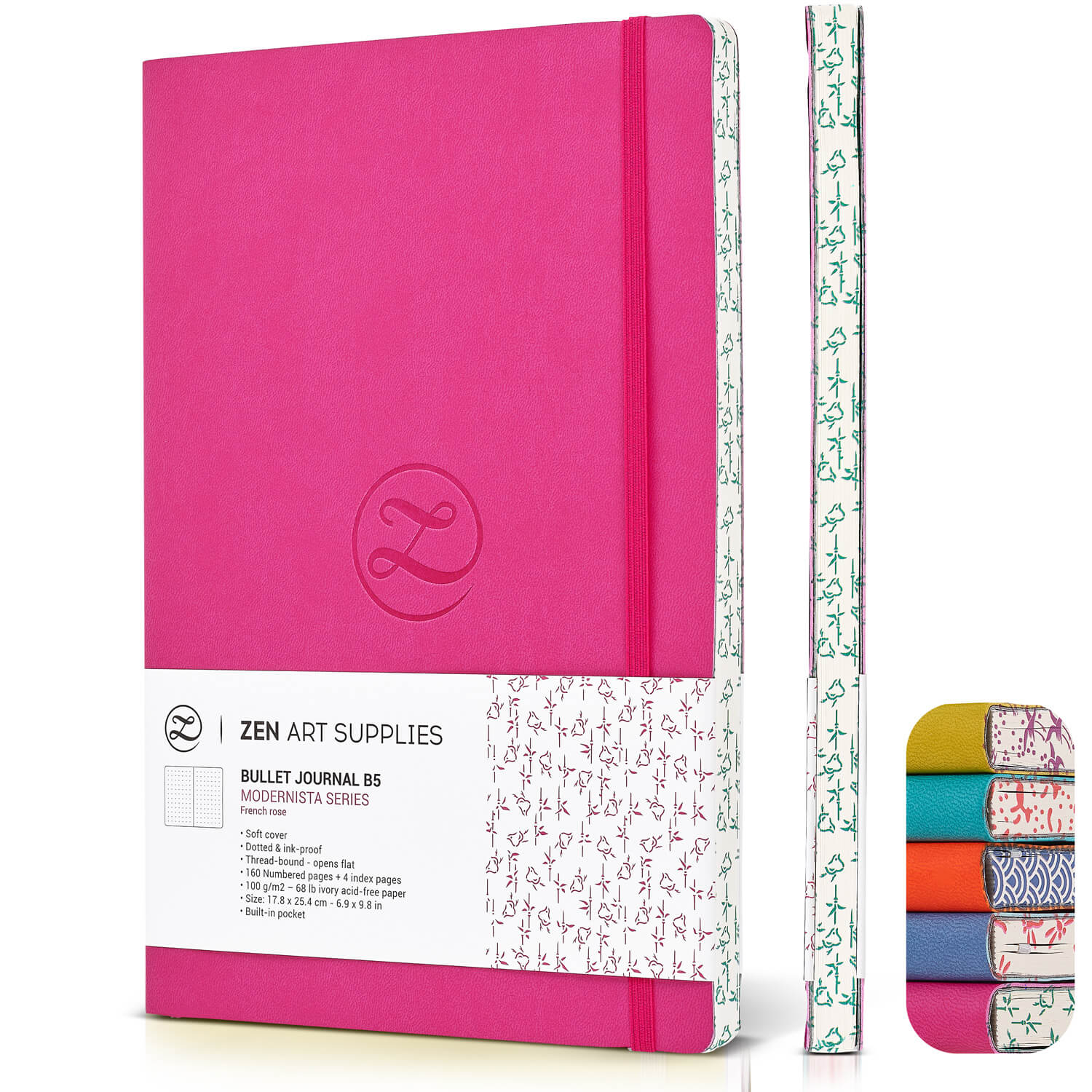
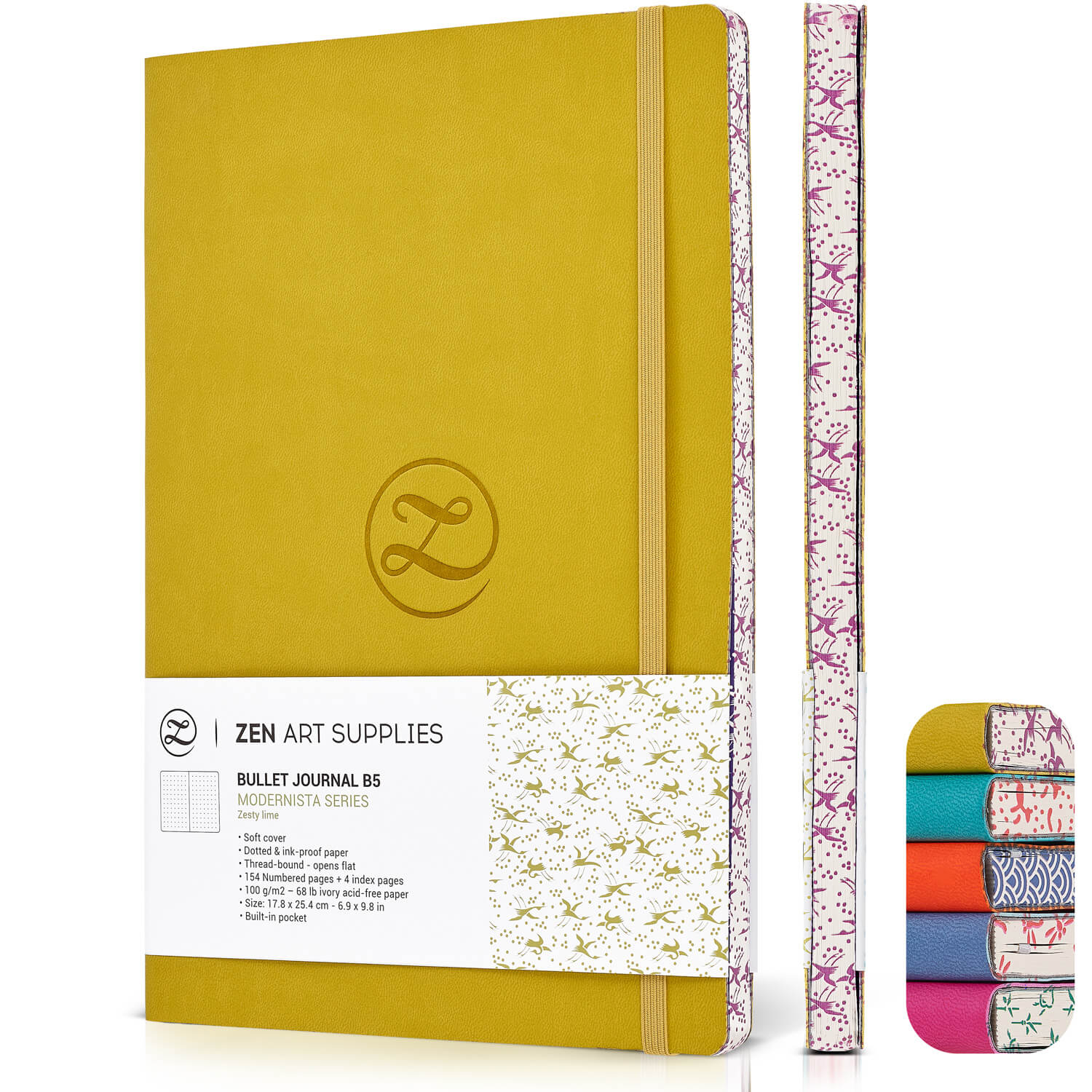
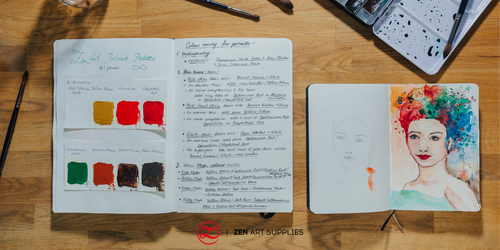
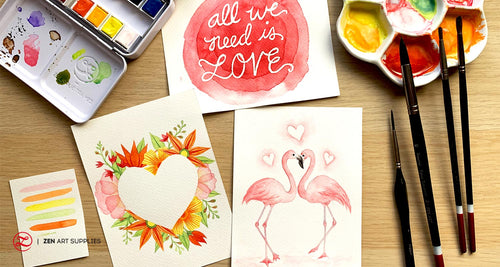
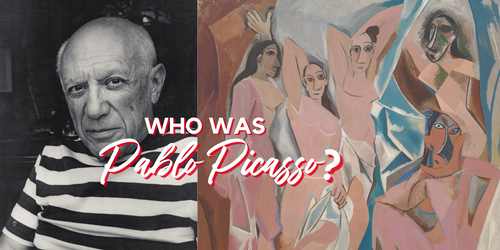
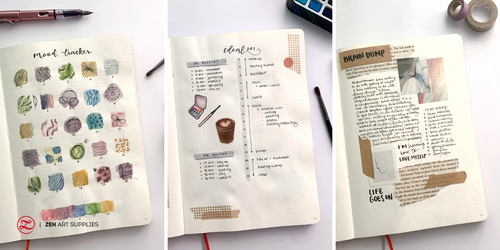
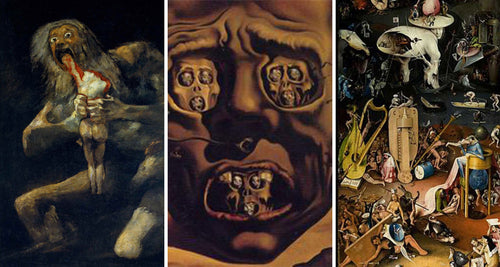




Leave A Comment